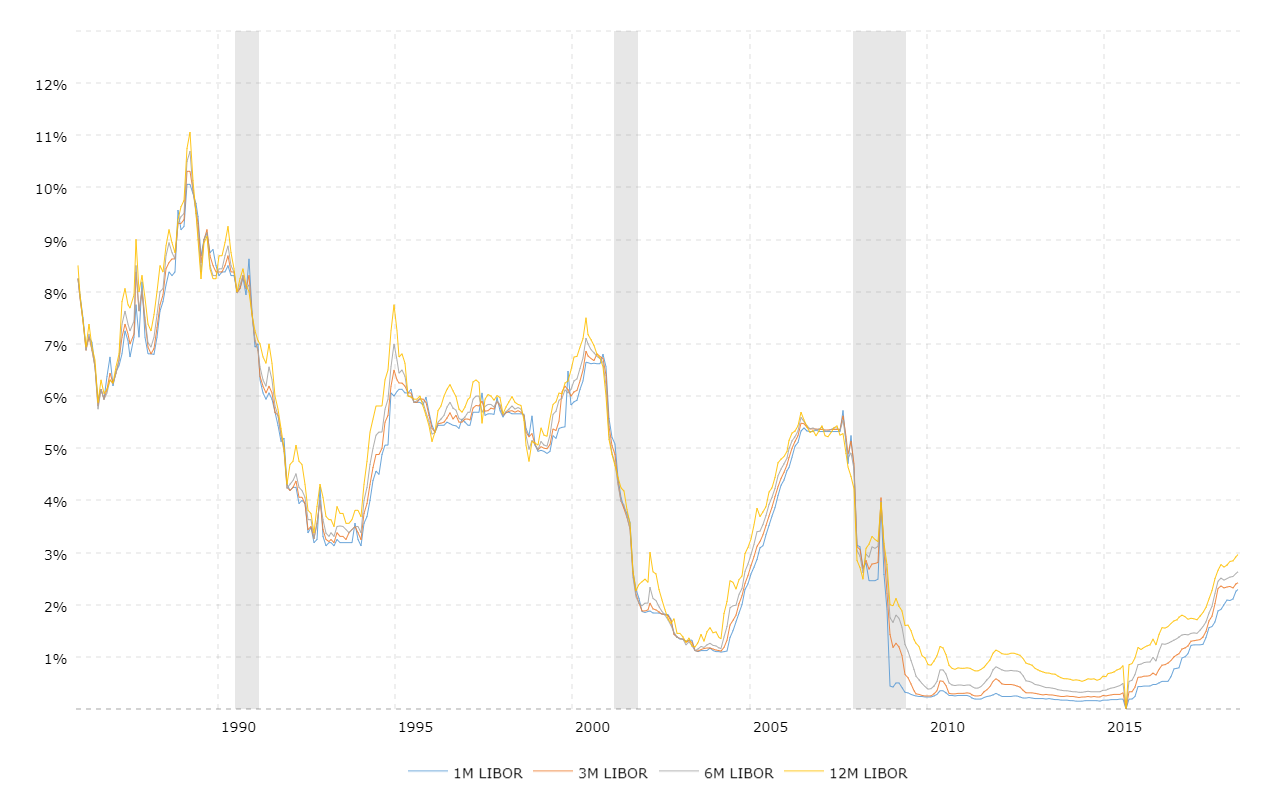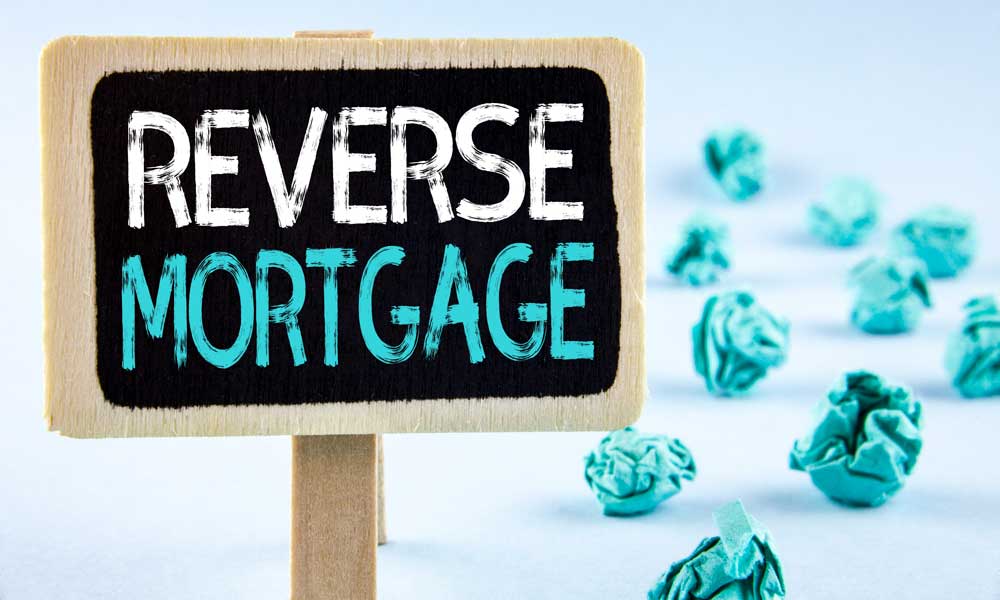Maintenance conflicts that emerge after the death of a borrower sometimes expose that loans ought to not have been issued in the very first location. USA TODAY's analysis of reverse home loan lending patterns and foreclosures found clusters in African American city communities proof of predatory practices, according to industry watchdogs (how to compare mortgages excel with pmi and taxes). The work was a collaboration with Grand Valley State University, with assistance from the McGraw Center timeshare foreclosure process for Organization Journalism.
Department of Real Estate and Urban Advancement has actually mandated stronger financial evaluations of elders prior to a loan is provided. Latoya Gatewood-Young was surprised to find out there were five people on the title to her grandfather's home, which has remained in her household for a century. Jasper Colt, U.S.A. TODAYWhen Gatewood-Young's grandpa passed away in 2016, the household was amazed to discover that his rural Maryland house on 10 acres had a reverse home mortgage lien versus it. Sometimes, the successors might choose to deed the home back to the lending institution, indicating the heirs release the home to the lending institution and the lender ends up being the new owner. Although this should be reserved for situations where there is no excess equity left, it is a viable ways to prevent foreclosure and for the heirs to ignore the residential or commercial property with no further financial responsibilities.
These are backed and insured by the FHA and overseen by the U.S. Department of Real Estate and Urban Advancement (HUD). Government-backed loans provide advantages designed to secure customers, enduring partners, and their successors. Additionally, HECM reverse mortgages are non-recourse loans, meaning a loan provider can not look for option against other possessions for repayment.
In summary, if a co-borrowing partner or heir inherits a home with a reverse home mortgage, they will never ever owe more than the residential or commercial property is worth and they will never be pushed into selling their assets to cover the financial obligation. If they sell the home for more than the balance of the reverse mortgage, they can keep the remaining equity as profits.
When an enjoyed one passes away, life can feel chaotic. By taking an appearance at the typical timeline of a reverse home loan after death, you and your household can get ready for how to settle your affairs and reduce confusion in the future. A loan servicer sends out a condolence letter normally within 30 days of the death of the last enduring debtor.
Successors will receive six months' time to choose how to proceed. Throughout this time, interest on the loan balance continues to accumulate and monthly insurance premiums must be paid, so it's within the beneficiary's best interest to act rapidly when dealing with a reverse home loan after death. If needed, the estate may request up to two 90-day extensions, based on HUD's approval.
The Definitive Guide for When Do Reverse Mortgages Make Sense
After this time, the loan may go into default and a servicer might start the foreclosure procedures on a reverse home loan residential or commercial property. According to the National Reverse Home Loan Lenders Association (NRMLA), a servicer might start foreclosure on a reverse home loan after death if: The preliminary Due and Payable notice is disregarded The home has not sold after the 90-day extensions have actually expired The debtor has no heirs If heirs are actively working to arrange funding or offer the home to satisfy a reverse home loan after the owner dies, the foreclosure might be delayed.
Speaking about how to prepare for life after death can be unpleasant for some families, but by ensuring timeshare foreclosure maintenance fees you and your enjoyed ones are gotten ready for what comes next, you can enjoy life together to its fullestwith less tension later on. If you're still uncertain about how a reverse home mortgage works and would like explanation on this type of financing, don't hesitate to call a valuable member of our GoodLife team who will be delighted to answer your questions or click the link listed below.
If you take out a Home Equity Conversion Mortgage (HECM) the most common kind of reverse mortgagethe loan ends up being due and payable under particular situations, like when you die. Your successors will then have several choices for dealing with that financial obligation. They can: settle the reverse home mortgage and keep the home sell the house and use the earnings to settle the reverse mortgage financial obligation provide the residential or commercial property to the lender, or let the lending institution foreclose.

HECMs are nonrecourse, which means that the lending institution can't get a shortage judgment after a foreclosure or deed in lieu of foreclosure. In a routine home loan, the borrower gets a lump sum from the loan provider and makes regular monthly payments towards paying the money back, plus interest. With a reverse home loan, instead of getting an upfront quantity that the debtor needs to pay back gradually, the debtor typically gets regular payments, approximately the maximum loan amount.
A reverse home mortgage can also can be found in a lump sum. The borrower has to pay the loan back unless and till defined events take place, like when the borrower dies and the residential or commercial property is not the primary residence of a minimum of one surviving borrower. Prior to getting a reverse home loan, you need to totally comprehend how they work, and discover the dangers and requirements associated with them.
After the borrower dies and the home is not the principal house of at least one surviving borrower, the successors can handle the debt in one of the following 4 ways. With a HECM, under HUD policies and guidelines, the heirs might keep the house by paying the home loan balance or 95% of the existing appraised worth of the residential or commercial property, whichever is less.
The 9-Minute Rule for What Is The Highest Interest Rate For Mortgages

With a HECM, successors might sell the residential or commercial property for the lower of the loan balance or 95% of the assessed value of the house. The beneficiaries can sign The original source over the title to the home to the lender with a deed in lieu of foreclosure. Offering the residential or commercial property to the loan provider will please the financial obligation and avoid a foreclosure. how is mortgages priority determined by recording.
( To find out more, see Nolo's article Foreclosure of Reverse Home Loans.) HECMs are nonrecourse, which means that the loan provider can't get a deficiency judgment after a foreclosure or deed in lieu of foreclosure. Similarly, if the successors settle the loan or sell the residential or commercial property, they will not have to pay more than 95% of the evaluated worth.